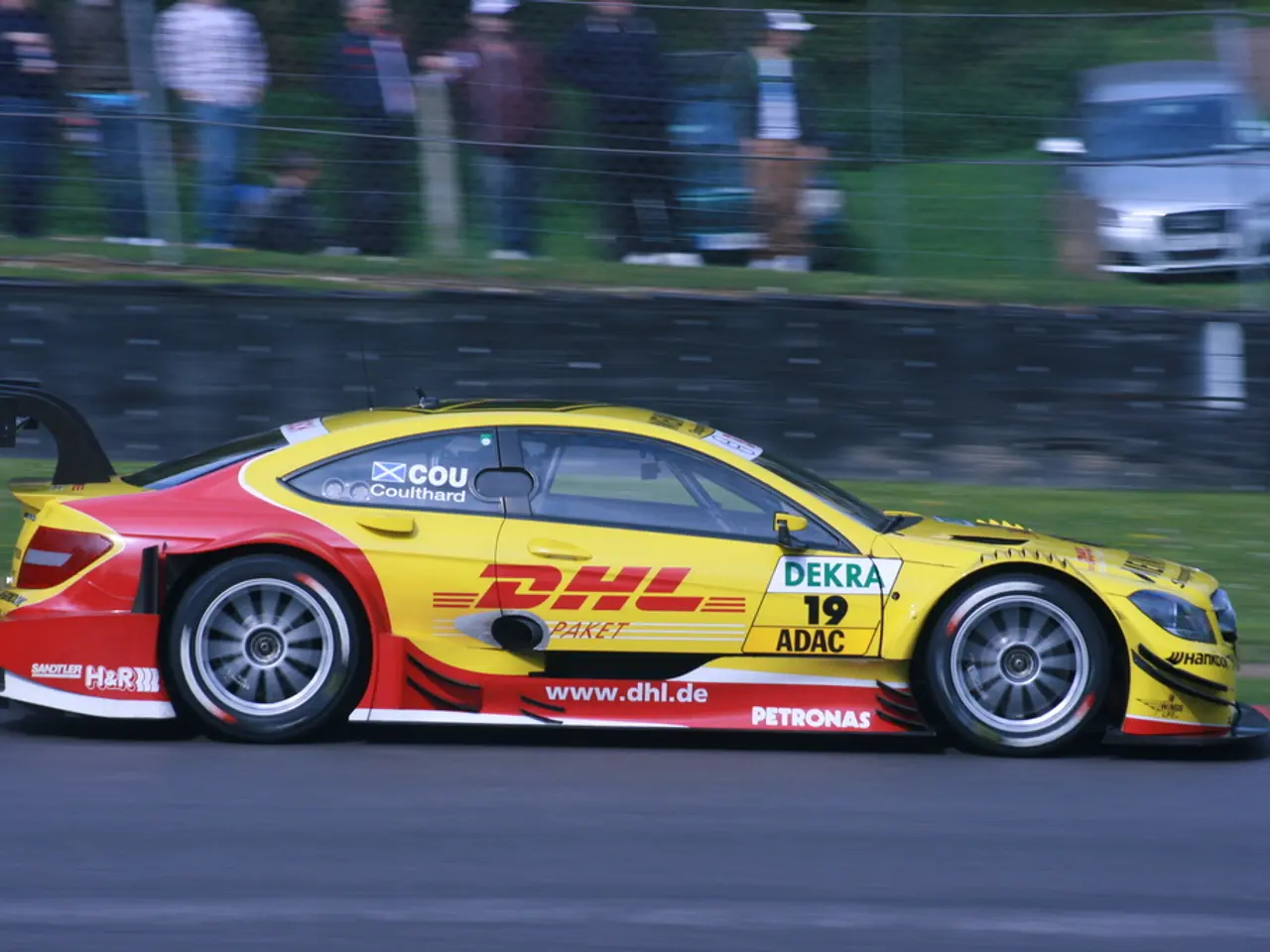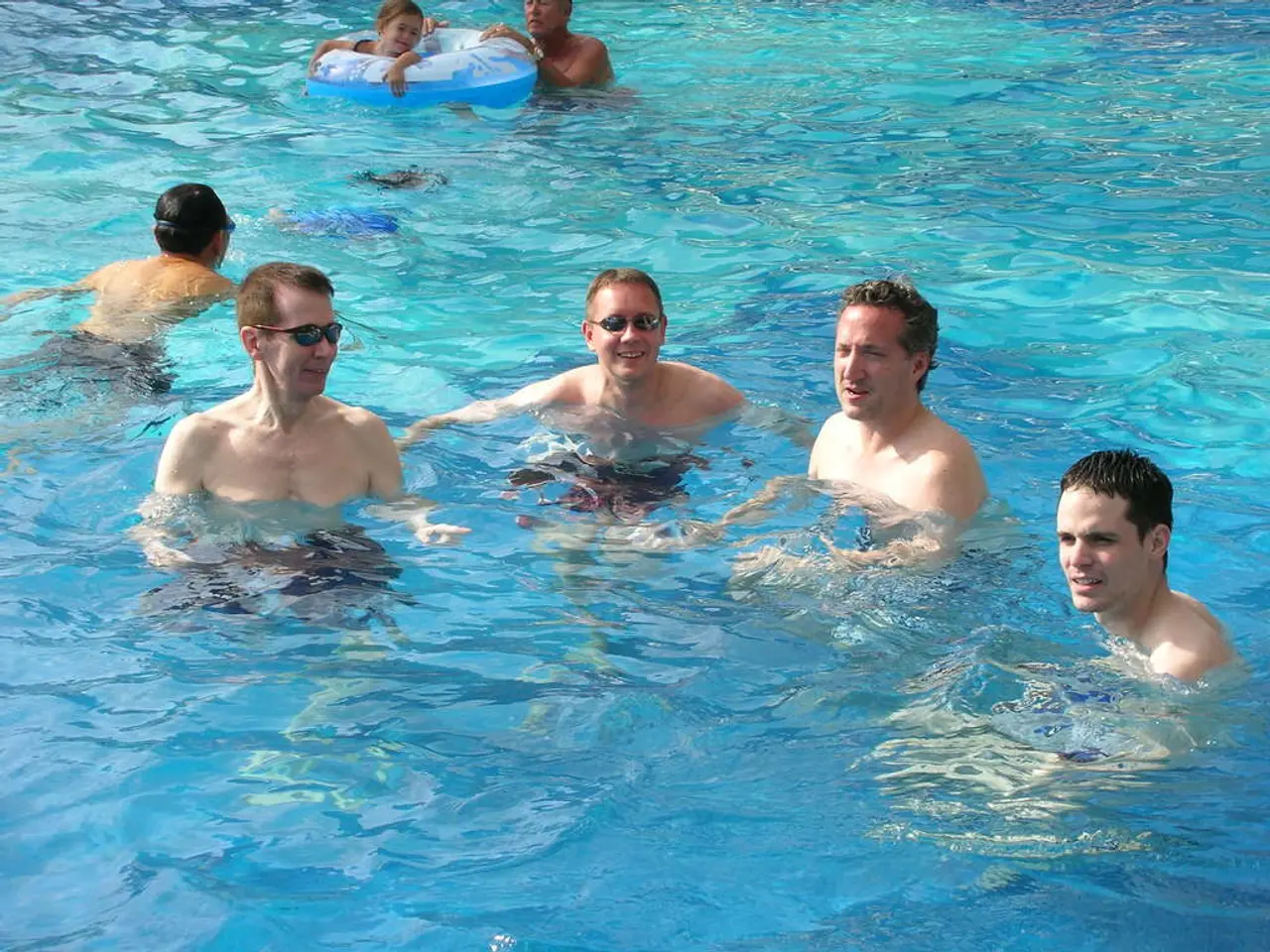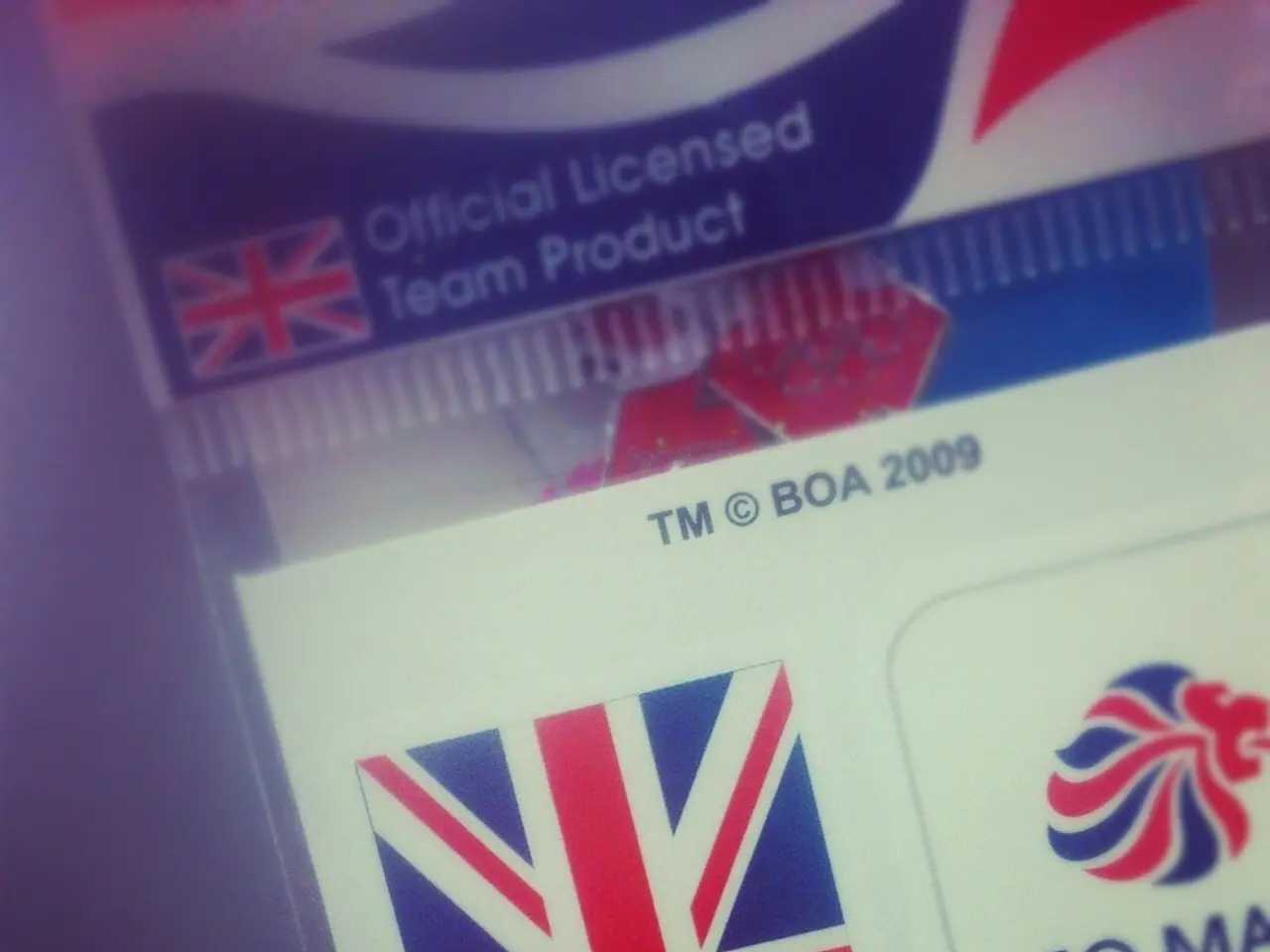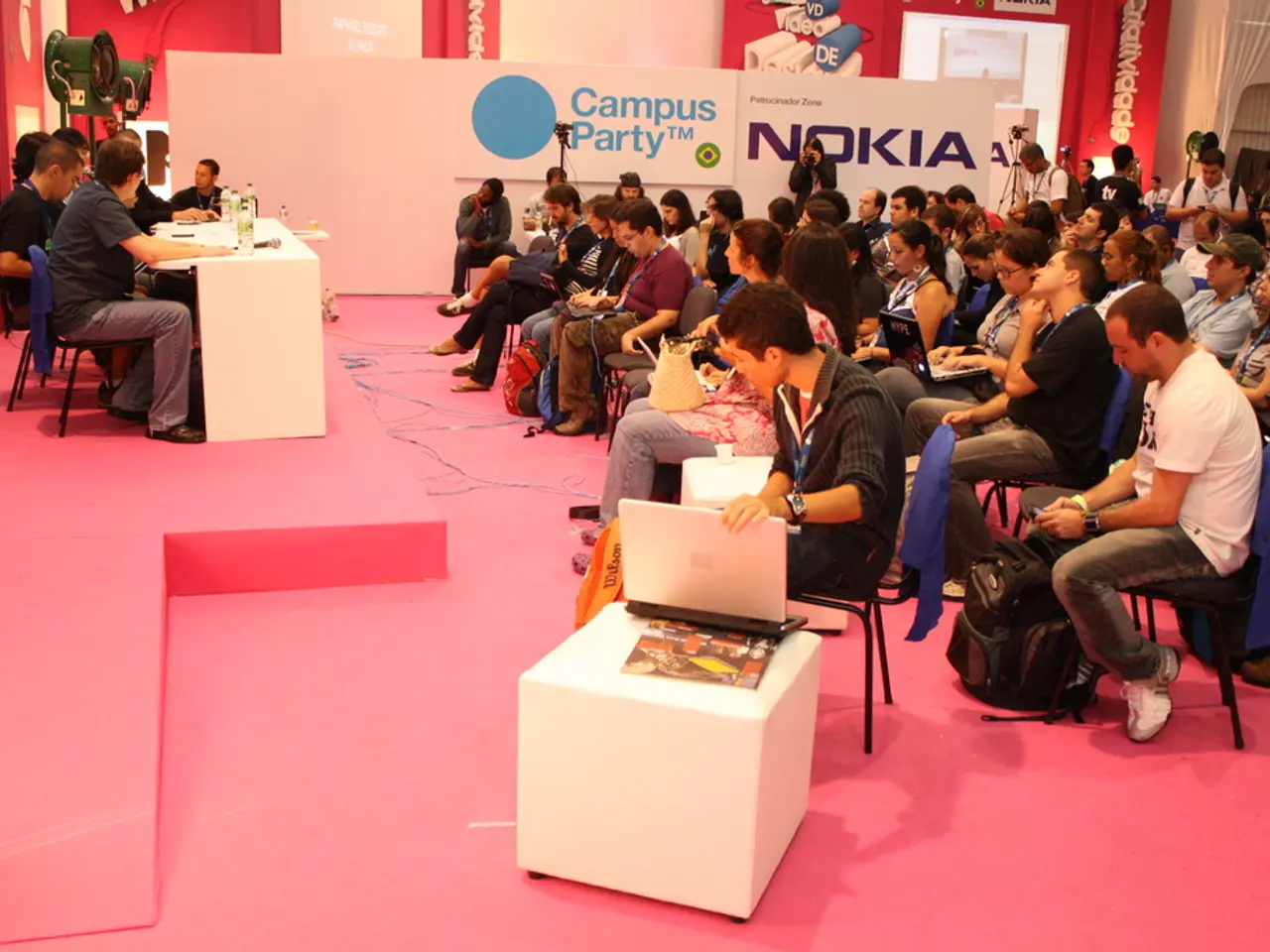"Rapid Pit Stops": Formula E Speed Up Pit Stop Processes for Racing Competition
In the world of electric racing, the Formula E series is set to undergo a significant transformation with the introduction of the Pit Boost quick charging system. This groundbreaking technology is expected to shake up the strategy and dynamics of the races, pushing the boundaries of electric vehicle technology during competitive racing.
The Pit Boost system, introduced in 2022, requires drivers to make a mandatory pit stop of 34 seconds. During this time, 30 seconds are dedicated to recharging the battery using the Pit Boost unit plugged into the rear of the GEN3 Evo cars. The recharging process, known as "Pit Boost," can recharge up to 10% of the energy, or 3.85 kWh, during a 30-second quick charge of 600 kW.
This system activates only when the car's battery State of Charge (SoC) is between 40% and 60%, a window determined by the FIA before each race. This allows a significantly faster recharge than standard EV chargers.
For teams, managing energy consumption to ensure their drivers enter the pit within the specified SoC window is crucial. The timing of the pit stop and the pace of the car before this depend on each team's race strategy, leading to diverse approaches and making the racing more dynamic. Since only one car per team can pit at a time, garages often split strategies among teammates to maximize results. The Pit Boost adds an extra layer of tactical decision-making regarding when to push hard on energy usage and when to conserve for the recharge window.
For fans and race excitement, Pit Boost increases unpredictability and strategic variation. Faster charging in the pit stop reduces downtime compared to earlier seasons’ approaches, encouraging closer racing and greater on-track battles. The technological advancement also highlights Formula E’s role as a "race-to-road" platform, showcasing innovations that could influence future electric mobility developments.
At selected races, Pit Boost will be mandatory for all drivers. In addition to the existing Attack Mode, teams will have to manage two strategic elements simultaneously. The potential for dramatic overtaking maneuvers, unexpected twists, and human ingenuity will increase the excitement for Formula E fans.
The quick charging technology is the result of an extensive testing and simulation process. Alberto Longo, Chief Championship Officer, stated that the quick charging technology is one of the most ambitious and effective innovations for modern motorsport. He also noted that the Pit Boost will challenge teams and drivers to make high-risk decisions under immense pressure.
The E-Prix in Saudi Arabia will feature electric racing cars being recharged during races for the first time. This marks a significant step forward in the Formula E series, as the quick charging technology is unique to the electric racing series. The recharging process is planned to take 34 seconds, with only 4 seconds allocated for plugging in and removing the charging cable.
In summary, the Pit Boost works by enabling ultra-fast mid-race charging within a strict battery charge window, fundamentally changing race strategy by introducing a tactical element of pit timing energy management, while enhancing race excitement with more strategic diversity and shorter pit stops. This innovation is expected to contribute to the unpredictability and excitement of the races in the Formula E electric racing series.
The Pit Boost, a revolutionary technology introduced in Formula E racing, requires drivers to make a mandatory, 34-second pit stop for a 30-second quick charge using the Pit Boost unit. This charging process can increase a car's energy by up to 10%, or 3.85 kWh, at an astonishing 600 kW.
With the activation of the Pit Boost system only when the car's battery State of Charge is between 40% and 60%, fans can expect an increase in unpredictability and strategic variation, as teams must carefully manage energy consumption to enter the pit window and make tactical decisions regarding when to push hard on energy usage and when to conserve for the recharge.







